Key points
- In most cases, radiation heating is considered a better bathroom heating option than convection heating.
- The most energy efficient bathroom heating option is likely to be an overhead heating lamp, as they use little energy and don’t require pre-heating.
- Insulating the bathroom with bath towels and sealing the windows are good options for renters who can’t retrofit their bathrooms.
If you’re looking for a way to combat the cold and keep your bathroom nice and toasty in the winter months, you’ve come to the right place! We have compiled a list of bathroom heating options across a range of price points.
On this page, you’ll find:
7 best bathroom heating options
Here are some of the best tried-and-tested ways to heat your bathroom.
1. Seal the windows | ~$5-$12
First things first, make sure that the windows in your bathroom are properly sealed. There are several ways to do this, but a simple and inexpensive solution is a self-adhesive weather strip. They can be found in most hardware stores and typically cost between $5-$12.
2. Use bathmats | ~$20
This one may seem obvious but adding bathmats by the shower, the toilet and in front of the sink not only increases the aesthetic of your bathroom but helps keep the heat in and your toes off the arctic tiles.
3. Invest in an overhead heating lamp | $50+
If you don’t already have an overhead heating lamp in your bathroom, this could be a game-changer! Installing a heat lamp can take the edge off your winter morning showers and even help dry your wet towels and bath mats.
Heat lamps can be fairly inexpensive, starting from around $50. However, many overhead heating lamps come in a 3-in-1 format, consisting of a light, a heating function and an extraction fan, which will increase the cost. You’ll also need to factor in your installation costs from a licensed electrician.
Heat lamps are also considered to be one of the most energy-efficient bathroom heating options. However, it’s worth noting that they lose some of their efficiency in large bathrooms.
4. Use a heated towel rail | $80+
Not only can a heated towel rail dry and heat your towels, they can also add warmth to your bathroom without breaking the bank.
Heated towel rails come at a range of price points depending on the brand you choose and the features included. The initial purchase of a low-end heated towel rail can cost you around $80 and ranges well into the thousands if you really want to get fancy. If you don’t choose a freestanding rail, you may also need to factor in installation costs, which depends on size, finish, labour costs, etc.
5. Underfloor heating | $1000+
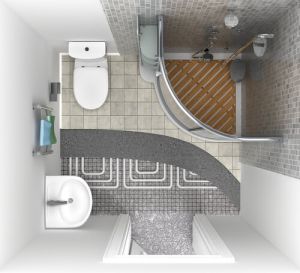
If you’re building, renovating, or planning on replacing your bathroom tiles anytime soon, this is the perfect opportunity to add an extra level of luxury to your bathroom. Underfloor heating can warm up your bathroom evenly from the floor up.
This type of heating is available in two different energy sources: electric and hydronic (hot water). Both of these bathroom heating options are considered to be quite energy efficient, although they may have high upfront costs. Between the cost of the heating system and installation, you can expect to pay upwards of $1,000. Thankfully, it doesn’t have to be installed in the whole room, so avoiding spaces such as showers and cabinets could be a way to cut down costs a little. You can also usually control your underfloor heating with a timer to cut down on your running costs.
6. Heated toilet seat | $100+
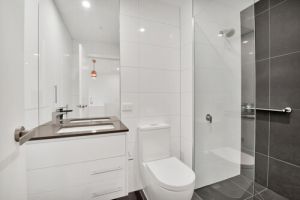
The shock of the freezing toilet seat is definitely enough to wake you up on a middle-of-the-night loo run so why not consider a heated seat? They’re designed to attach to your existing toilet and can be found at hardware and bathroom stores or online. Heated toilet seats can range from $100 to $400.
7. Panel heaters | $100+
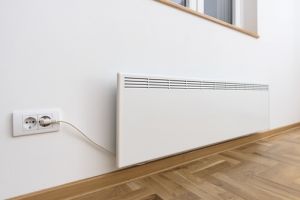
Another bathroom heating option to consider is a panel heater. Panel heaters use convective heat to warm up a room, and are compact and great for small bathrooms. However, they’re not the most energy-efficient solution as they are designed to be used for a longer period of time. Panel heater costs can vary a lot depending on make and model, but you can typically expect to spend between $100-$500 for a portable heater.
Some models have corrosion-resistant and water-resistant properties, but you should always take the heater out of the bathroom before you run any water and take appropriate caution. Always follow the manufacturer’s instructions.
Read more: How to pick the best bathroom heater
Are portable heaters safe to use in a bathroom?
Portable electric heaters are a popular option to heat individual rooms in your home, but they’re not safe to use in rooms with high humidity (like bathrooms) because:
- electric heaters used near water are an electrocution hazard for everyone who uses the bathroom.
- moisture in the air could cause internal elements in the appliance to rust over time, leading to a shorter lifespan.
That’s why installed heaters are generally recommended if you want to heat your bathroom, although your final decision will depend on your bathroom’s design and your budget. As mentioned above, some of the most popular options are 3-in-1 overhead heating systems, underfloor heating, or even a heated towel rail. Whilst these options do have a more expensive upfront cost, they’re more energy-efficient thanks to their zoning functions.
Read more: Electric heaters buying guide
Convection vs radiation heating: What’s best for the bathroom?
If you must use an electric heater in your bathroom, radiant heaters are typically best since they have a short heat-up time and are designed to transfer heat to people and objects, as opposed to heating the air in the room. This means less heat lost through open doors and less time spent waiting for the room to warm up.
As mentioned, radiation heaters use electricity and infrared heat generated by the number of bars, to transfer heat directly to people and objects in a room. They don’t contain fans or anything to circulate the hot air, so they also operate silently. However, radiant bar heaters can have high running costs and are usually one of the most expensive types of electric portable heaters to use.
On the other hand, convection heating works by drawing in cold air over a heating element before passing it back through the room. The benefit of convection heaters is that they can effectively heat a whole room for an extended period, as they heat the air rather than just the space around them. Therefore, they are great for shared living spaces such as living or dining rooms.
Read more: Gas heater vs electric heater: Which is best?
What’s the most energy-efficient way to heat your bathroom?
The most energy-efficient way to heat your cold bathroom is likely an overhead heating lamp. Not only are they easily retrofitted into existing bathrooms, with limited costs involved, but they also come with varying wattage bulbs to ensure adequate heating for the size of the room. There’s also no pre-heating required as it only needs to be on when you’re using the bathroom, so that will help keep your power bill in check.
Read more: 10 most expensive appliances to run at home
Compare energy plans
While you are looking into heating options for your bathroom, it might be worthwhile checking which energy plan you are currently on. If you haven’t looked at your plan in the last 12 months, there’s a chance that you could find a cheaper alternative. Check out some energy plans below:
Here are some sponsored deals from the retailers on our database that include a link to the retailer’s website for further details. These are products from referral partners†. These costs are based on the Ausgrid energy network in Sydney but prices may vary depending on your circumstances. This comparison assumes general energy usage of 3900kWh/year for a residential customer on a single rate tariff. Please use our comparison tool for a specific comparison in your area and to see other products in our database that may be available. Our database may not cover all deals in your area. As always, check all details of any plan directly with the retailer before making a purchase decision.
|
9% Less than reference price |
$1,651 Price/year (estimated) |
Go to Site |
Here are some sponsored deals from the retailers on our database that include a link to the retailer’s website for further details. These are products from referral partners†. These costs are based on the Citipower network in Melbourne but prices may vary depending on your circumstances. This comparison assumes general energy usage of 4000kWh/year for a residential customer on a single rate tariff. Please use our comparison tool for a specific comparison in your area and to see other products in our database that may be available. Our database may not cover all deals in your area. As always, check all details of any plan directly with the retailer before making a purchase decision.
 |
|
15% Less than VDO |
$1,238 Price/year (estimated) |
Go to Site |
Here are some sponsored deals from the retailers on our database that include a link to the retailer’s website for further details. These are products from our referral partners†. These costs are based on the Energex network in Brisbane but prices may vary depending on your circumstances. This comparison assumes general energy usage of 4600kWh/year for a residential customer on a single rate tariff. Please use our comparison tool for a specific comparison in your area and to see other products in our database that may be available. Our database may not cover all deals in your area. As always, check all details of any plan directly with the retailer before making a purchase decision.
 |
|
9% Less than reference price |
$1,888 Price/year (estimated) |
Go to Site |
Here are some sponsored deals from the retailers on our database that include a link to the retailer’s website for further details. These are products from our referral partners†. These costs are based on the SA Power network in Adelaide but prices may vary depending on your circumstances. This comparison assumes general energy usage of 4011kWh/year for a residential customer on a single rate tariff. Please use our comparison tool for a specific comparison in your area and to see other products in our database that may be available. Our database may not cover all deals in your area. As always, check all details of any plan directly with the retailer before making a purchase decision.
 |
|
9% Less than reference price |
$2,036 Price/year (estimated) |
Go to Site |
Original reporting by Abi Buckland
Image Source: Pixel-shot/Shutterstock.com


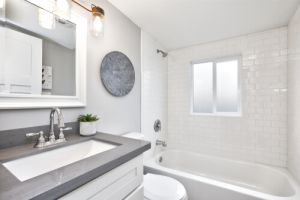
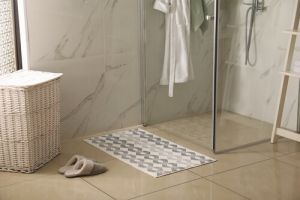
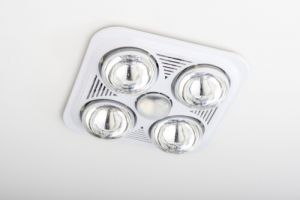
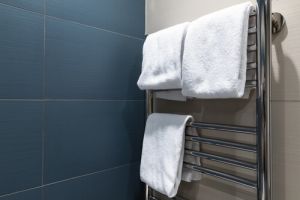


Share this article